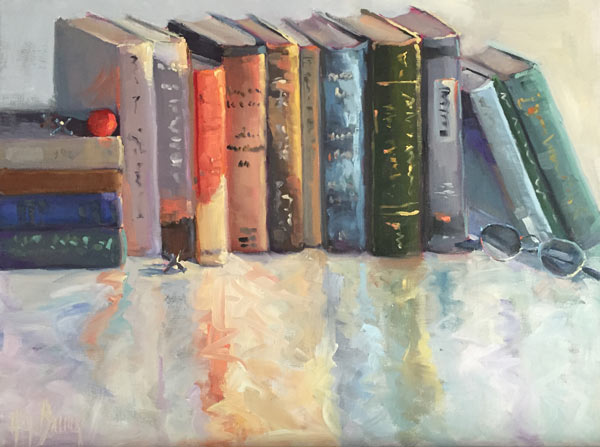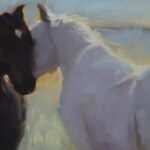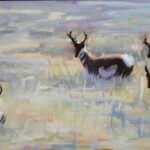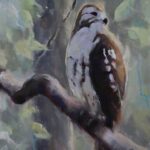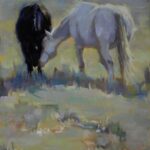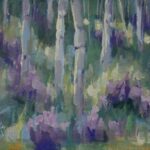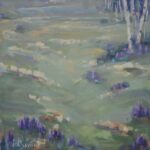Artist Toolbox
Plein Air Supply list
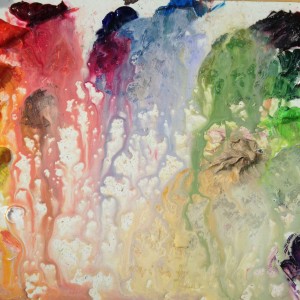
Oils, (either traditional or water soluble) and acrylics will be covered in this class, though I strongly encourage oils, due to the difficulty of keeping acrylics moist outside. If you have not tried oils and are hesitant to work with toxic solvents, water-soluble is a wonderful alternative. They mix and clean up with water. DO NOT PURCHASE STUDENT GRADE PAINTS.
- Cadmium Yellow Light (or Pale)
- Ultramarine Blue (Deep best)
- Cadmium Yellow Medium
- Prussian Green (or Viridian)
- Cadmium Red Light
- Thalo Yellow Green (or Sap)
- Alizarin Crimson
- Titanium White-large tube
Additional Colors:
- Olive Green
- Burnt Sienna
- Mauve Blue (Mauve)
- Yellow Ochre
- Prussian Blue
- Thalo Red Rose
I strongly recommend that you limit your palette and learn to mix colors.
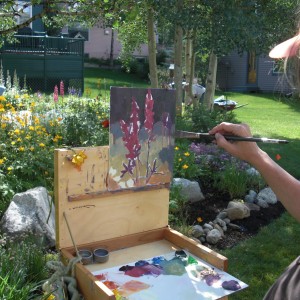
If you have access to an outdoor easel or box I would recommend borrowing this for class. I do not recommend traditional French easels or trying to put together your own “unique” set up. I have used the trial and error method and it is both expensive and frustrating. There are many good equipment choices in a variety of price ranges. I have some boxes and tripods for you to examine before deciding to purchase a box and other students will as well. If you know you want to purchase a pochade box, I recommend the Alla Prima, OpenMBox, Soltek, and Guerrilla boxes. Other than the Soltek all require a tripod mount. The Manfrolto Bogen Jr. or other lightweight compact tripod with a steelhead and quick release is the most convenient and durable. No plastic heads, they cannot carry the weight of the pochade box.
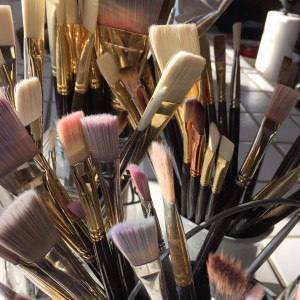
While you may be tempted to purchase less expensive brushes, this is not an area to be frugal. You get what you pay for in a brush; therefore it is better to buy 2 good brushes rather than 6 lesser quality brushes. I prefer Flats and filberts, but use others as well. Find a few brushes you really like then learn to use them well. You can expand your brush handling over time. For stiff bristle brushes I prefer Princeton 6300 series and Rosemary synthetics. With water soluble oils require synthetic materials that will hold true when in contact with water. For soft sable-like brushes I use Monach. You will need one small brush (size 2) filbert for drawing and details and several others medium to large #4-#10.
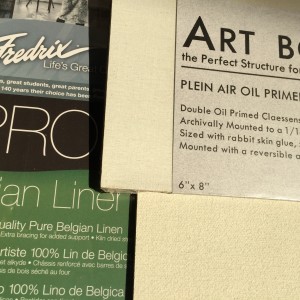
This includes, stretched canvas, panels and boards. This is what we paint on outdoors. While I prefer the bounce stretched canvas offers, the challenges of outdoor painting make such supports problematic. A better alternative is the ¼’ panel or board. Canvas or linen panels and Masonite boards are an inexpensive, easy way to paint outdoors. Combining with a wet paint carrier or a simple pizza type box makes wet transport possible. Many pochade setups also accommodate wet panels/boards.
Palette: Most outdoor painting setups have their own palette system. A Plexiglas or glass insert added to your box works well. Paper palettes are okay, but tend to absorb oil or moisture and normally are white which is difficult on sunny days.

Oils, (either traditional or water soluble) will be covered in this class. If you have not tried oils and are hesitant to work with toxic solvents, water-soluble oils are a wonderful alternative. They mix and clean up with water. DO NOT PURCHASE STUDENT GRADE PAINTS.
- Cadmium Yellow Light (Lemon)
- Cadmium Yellow Medium
- Cadmium Red Light
- Alizarin Crimson
- Ultramarine Blue (Deep best)
- Prussian Green (or Viridian)
- Thalo Yellow Green (or Sap)
- Mauve or Blue Violet
- Titanium White-large tube
Additional Colors:
- Cobalt Blue
- Cadmium Orange
- Thalo Red Rose
- Burnt Sienna
- Yellow Ochre
- Olive Green
- Indigo
- Luminous colors by Holbein
I strongly recommend that you limit your palette and learn to mix colors. The additional colors are for the few times you need and extra punch in your color.

While you may be tempted to purchase less expensive brushes, this is not an area to be frugal. You get what you pay for in a brush; therefore it is better to buy 2 good brushes rather than 6 lesser quality brushes. I prefer flats and filberts, but use others as well. Find a few brushes you really like and learn to use them well. You can expand your brush handling over time. You will need one small brush (size 2) filbert for drawing and details and several others medium to large #4-#10. With water-soluable oils you will need to use synthetic brushes. Natural bristle brushes will dry out and expand in the water used to thin the oils. I use Princeton series 6300 and Rosemary synthetic which are most like boar bristles. I also use Monarch brushes which are similar to sable brushes.

Bring a pochade or light easel for the workshop. You will be able to leave all your equipment in the studio for the entire workshop. We will be moving around a large still life set-up, so lighter is better.

On the first day, please bring several canvases not larger than 9 x12. I use linen stretched canvas, panels and boards. Canvas is fine, especially when doing quick studies. Bring a variety of sizes for the remainder of classes.
Download The Supply Lists:
Still Life Supply list
Plein Air Supply list
Recommended Reading:
Download As PDF
Toolbox Videos
This is the first in a series of insights into sophisticated color mixing. It is important to start with neutral colors as they are both the most neglected and powerful colors when used wisely to create successful paintings.

